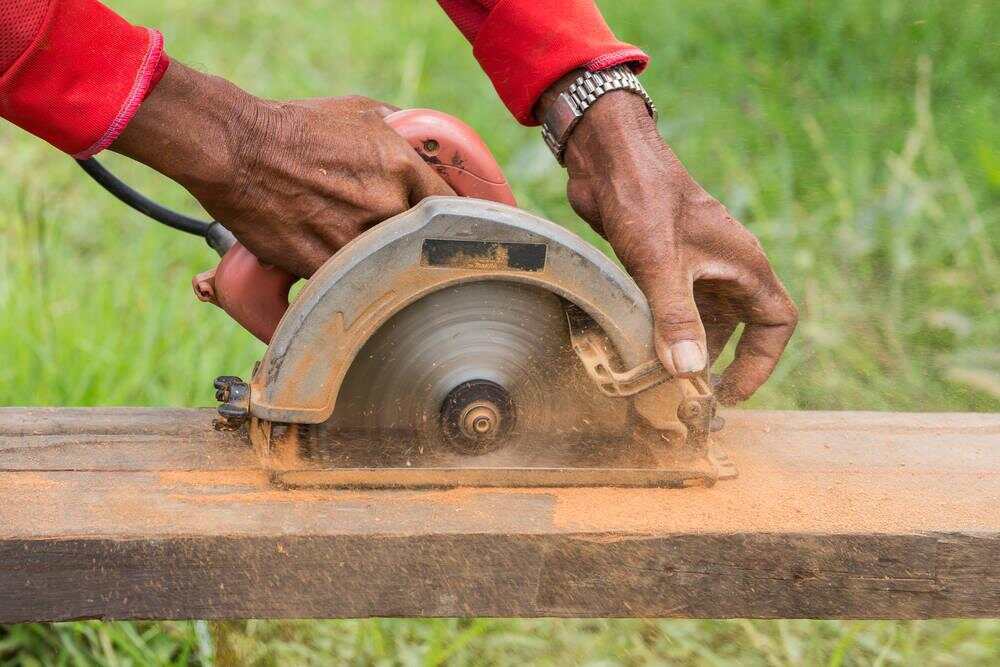Efficient Cutting Tools: Usage and Optimisation
July 07,2023

Introduction
In today’s fast-paced manufacturing industry, the efficient use of cutting tools is crucial for achieving high productivity and cost-effectiveness. Cutting tools play a vital role in various machining operations, such as milling, turning, drilling, and grinding. This blog aims to explore the usage and optimisation of cutting tools to enhance efficiency and maximise their lifespan.
Selecting the Right Cutting Tool
The first step towards efficient cutting is selecting the appropriate tool for the specific machining operation. Factors to consider include the material being machined, cutting speed, feed rate, and depth of cut. Different materials require different tool geometries, coatings, and cutting parameters. Choosing the right tool ensures optimal performance and minimises tool wear.
Tool Material and Coatings
The choice of tool material and coatings significantly impacts cutting performance. High-speed steel (HSS), carbide, and ceramic are commonly used tool materials. Carbide tools are known for their high hardness and wear resistance, making them suitable for high-speed machining. Coatings like titanium nitride (TiN), titanium carbonitride (TiCN), and aluminium titanium nitride (AlTiN) enhance tool life by reducing friction and heat generation.
Cutting Parameter Optimisation
Optimising cutting parameters is essential for efficient cutting. Parameters such as cutting speed, feed rate, and depth of cut should be carefully adjusted to achieve the desired balance between productivity and tool life. Higher cutting speeds and feed rates can increase productivity, but excessive heat generation may lead to tool wear. Finding the optimal cutting parameters requires experimentation and monitoring tool performance.
Tool Maintenance and Regrinding
Regular maintenance and regrinding of cutting tools are crucial for prolonging their lifespan. Proper tool maintenance includes cleaning, inspection, and lubrication. Regular inspection helps identify signs of wear or damage, allowing for timely replacement or regrinding. Regrinding restores the tool’s cutting edges, reducing the need for frequent tool replacements and saving costs.
Coolant and Lubrication
Appropriate coolant and lubrication are essential for efficient cutting. Coolants help dissipate heat, reduce friction, and flush away chips, improving tool life and surface finish. Lubrication reduces friction and wear, especially in high-speed machining operations. Choosing the right coolant and lubrication method depends on the material being machined and the cutting operation.
Tool Wear Monitoring
Monitoring tool wear is crucial for timely replacement and avoiding unexpected tool failures. Various methods, such as visual inspection, measuring cutting forces, and acoustic emission monitoring, can be used to assess tool wear. Implementing a tool wear monitoring system allows for proactive tool replacement, minimising downtime, and optimising productivity.
Cutting Tool Simulation and Optimisation Software
Advancements in technology have led to the development of cutting tool simulation and optimisation software. These tools simulate the cutting process, allowing manufacturers to optimise cutting parameters, tool selection, and toolpath strategies. By simulating different scenarios, manufacturers can identify the most efficient cutting strategies and minimise trial and error on the shop floor.
Conclusion
Efficient cutting tool usage and optimisation are essential for achieving high productivity and cost-effectiveness in machining operations. Selecting the right tool, optimising cutting parameters, performing regular maintenance, and utilising advanced software tools are key factors in maximising tool life and minimising production costs. By implementing these practises, manufacturers can stay competitive in today’s demanding manufacturing industry.